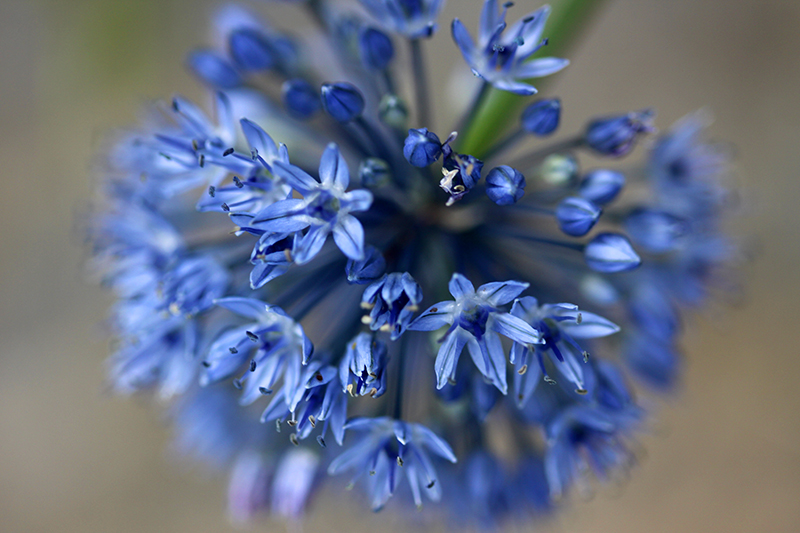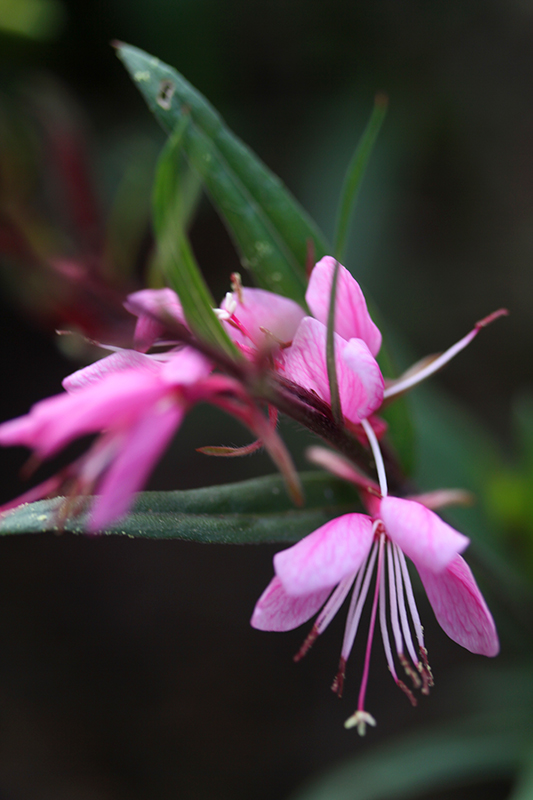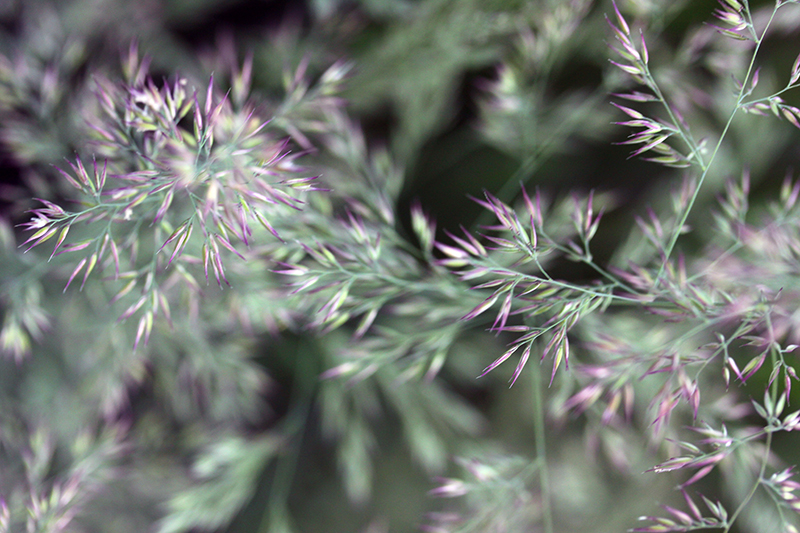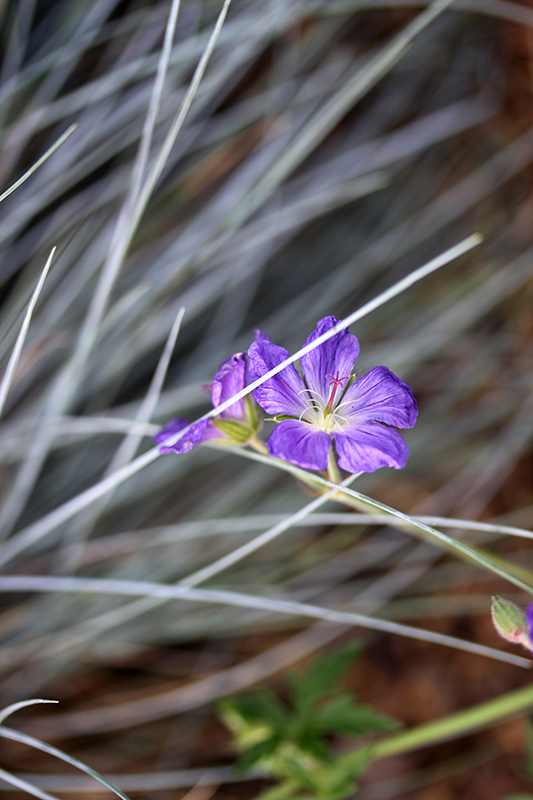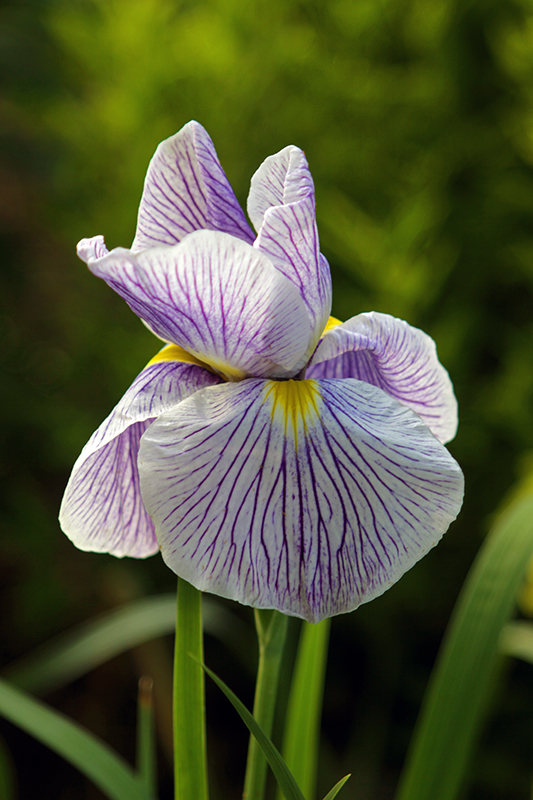The early June garden is shaping up nicely, and I am finally starting to see the effects of last year’s work as new additions bloom for the first time and older plants mature into proper specimens.
Allium caeruleum, a true blue color that’s hard to find among flowers of all kinds. I added a few to the garden last fall and they have bloomed with weak necks, which may be that they need time to beef up or they’re not happy with their locations. I hope it’s the former, as the color is awesome.
Deep red Asiatic lily, a big-box bag purchase that in four years has formed healthy, trouble-free (thus far), huge colonies in the garden.
Pink gaura
Ornamental feather reed grass, Calamagrostis acutiflora ‘Karl Foerster’ just heading up. Another standby that along with the lilies gives good height to the back of the June garden.
Geranium ‘Brookside’ bloom in front of Festuca glauca ‘Elijah Blue.’ I am really excited about these new hardy geraniums, or cranesbill, which I just put in all along the rock border of the garden. The idea is that they will spread and colonize these edges, and, I hope, keep the chickens from scratching all the mulch out of the garden into the yard. They’re gorgeous little plants, with blooms that are in life a bit bluer than in this picture.
My blue fescue has finally this year (I think it’s their third) matured into nice big plants that look like landscaping instead of errant pasture grass. I love how their color is almost an exact match for my porch floor.
Iris ensata ‘Caprician Butterfly’. This Japanese iris goes through it’s bloom cycle so fast it’s hardly worth it. It spends one day blooming like this, then the next day the top petals drop down creating a flattened, donut-like bloom, and the next day the bloom is shriveled and brown. The bloom shape is not a look I love—I much prefer the upright flowers of the German and Siberian iris, but this plant was an experiment (aren’t they all!?) in growing irises that aren’t as susceptible to iris leaf spot as the German irises I removed from the garden.

